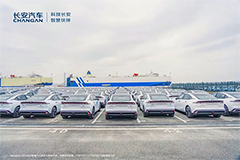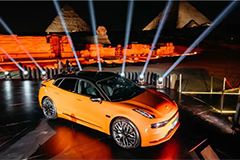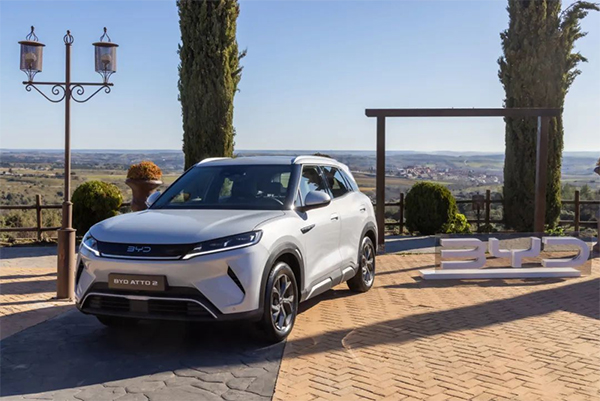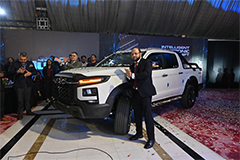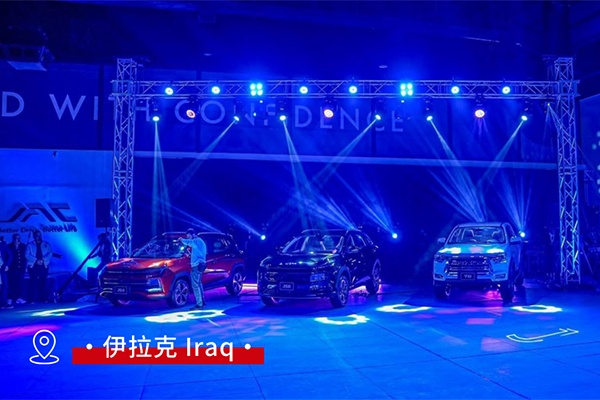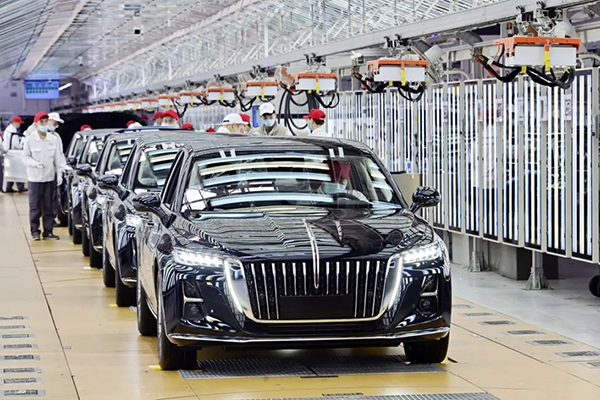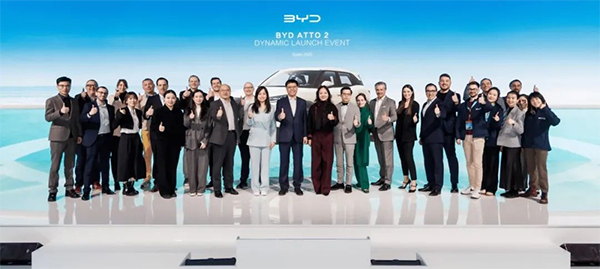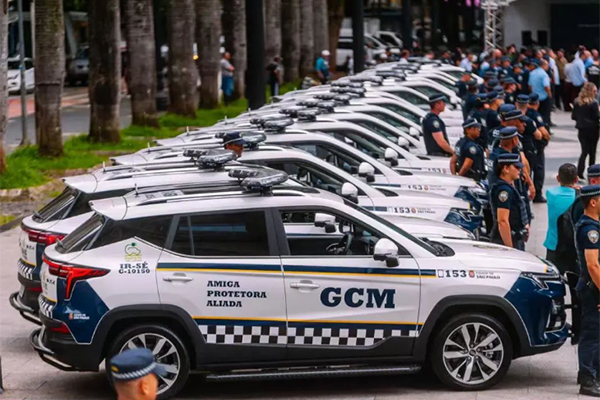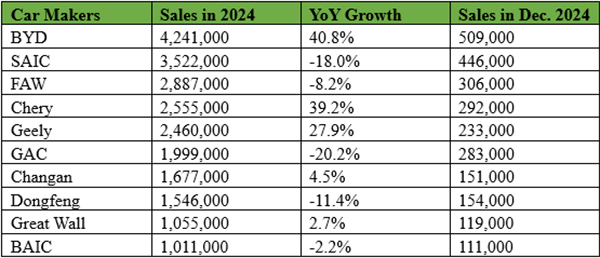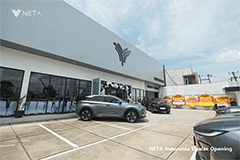Tesla is using the window of the upcoming Model 3 and Model Y revisions to adjust its battery pack production strategy at its Shanghai plant and will rely more on suppliers.
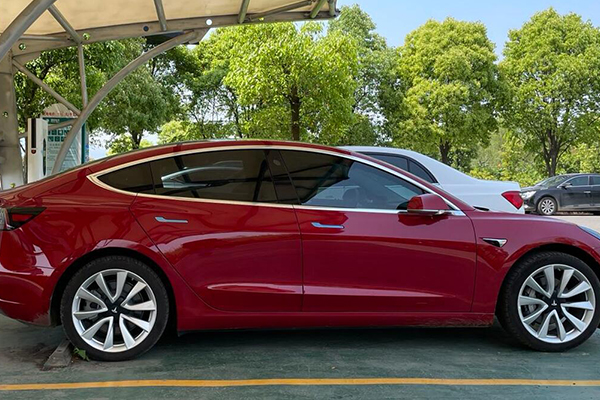
Tesla recently stopped production of the phase 1 battery line within its Shanghai Lingang plant, a more aggressive cost-control move it has chosen in the face of increased competition.
For electric vehicles (EVs), battery cells and modules -- the components of the pack -- are typically produced by the battery manufacturer, while some EV makers choose to assemble their own packs to gain greater autonomy.
The practice of Tesla's Shanghai plant is to assemble its own battery packs, and there are three battery factories, phase 1, phase 2 and phase 2.2, in its facility in Shanghai Lingang.
The discontinued phase 1 battery factory was built early, but the capacity was not large. The low level of automation in the phase 1 factory no longer fits Tesla's needs, and it will be replaced by phase 2.2 to complete some of the battery pack production.
The phase 2.2 battery plant was built just over six months ago, and late last year, Tesla's two battery suppliers in China, CATL and LG Energy Solution, entered the plant to provide services and allow production capacity to gradually creep up.
Currently, the phase 2.2 plant has more than half of the capacity of the phase 1 plant and can exceed the capacity of the phase 1 plant at full production.



